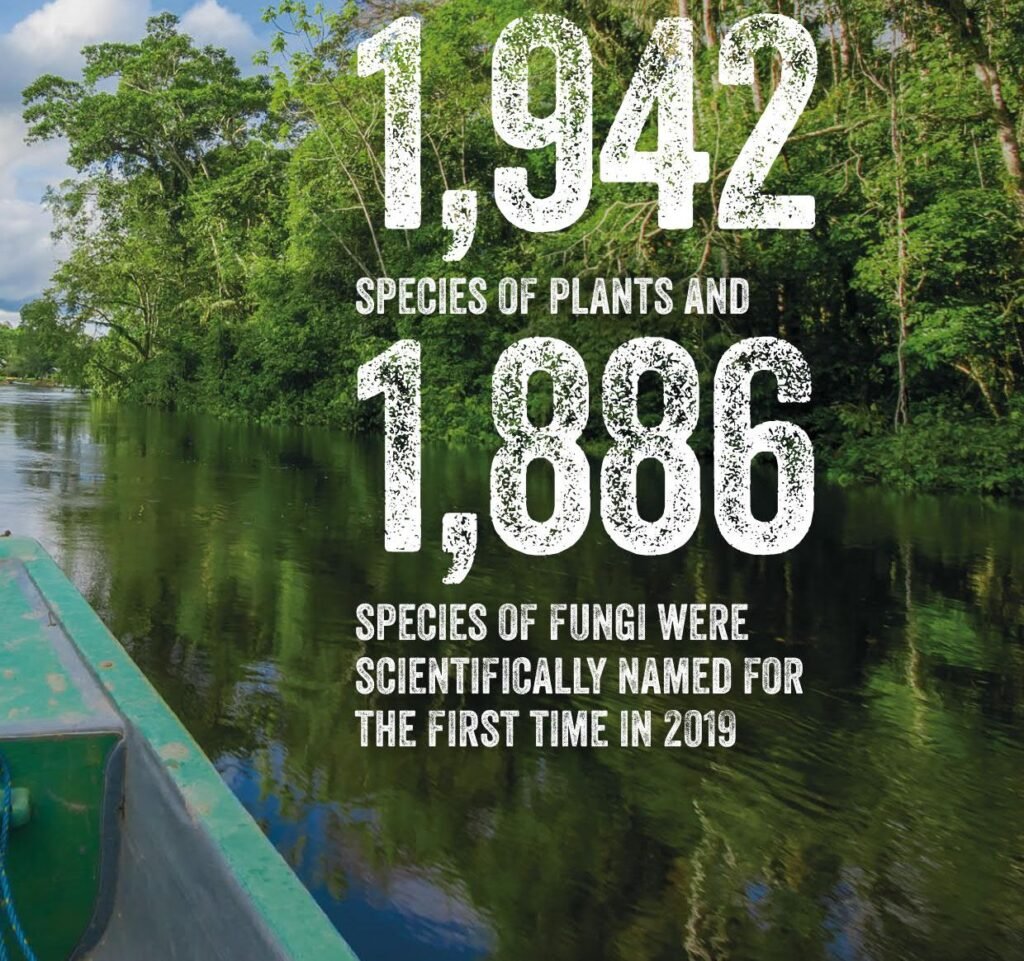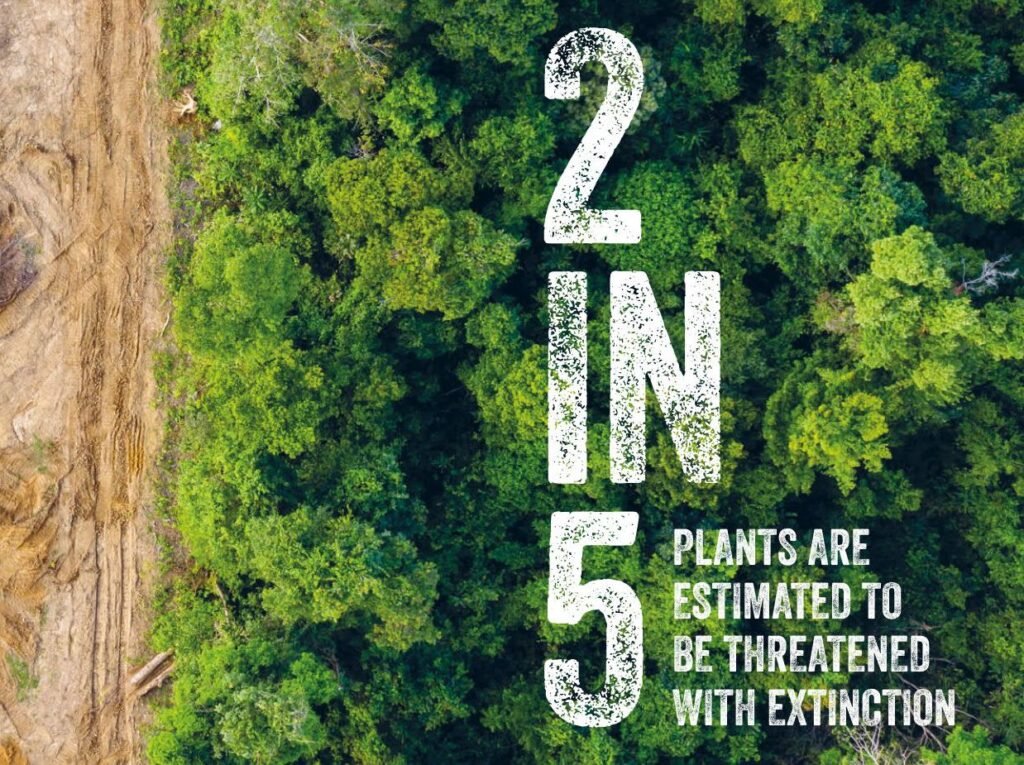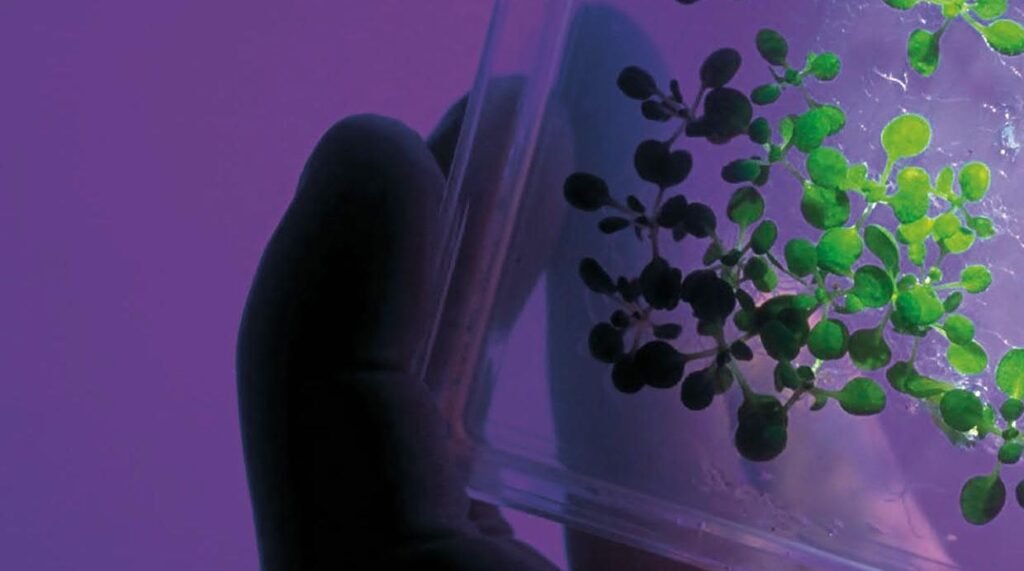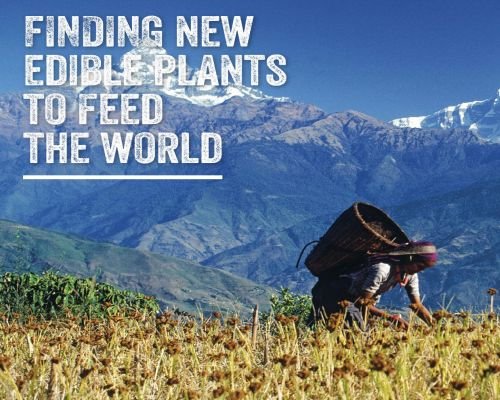When it comes to feeding our future population, the world is in a precarious position. According to the Food and Agriculture Organization of the United Nations (FAO), just 15 crop plants contribute to 90% of humanity’s energy intake, and more than 4 billion people rely on just rice, maize, and wheat.

Millions of people around the world suffer from hunger or obesity because they lack a balanced, nutritious diet, and this figure will likely rise as the global population expands to an estimated 10 billion by 2050.
Meanwhile, climate change is threatening to unleash weather conditions, pests, and diseases that our current crops will struggle to cope with. If humanity is to thrive in future, we need to make our food production systems more diverse, resilient, and environmentally sustainable.
One option for doing this is to identify future nutritious crops that are better equipped to deal with the less predictable weather conditions to come.

However, to do so, we first need to know more about what edible plants exist, where they grow, and what environmental conditions they favor, tolerate or are vulnerable to.
In the meantime accelerating the process of crop breeding is critical, given the speed at which we must step up global food production.
Fortunately, innovative approaches that exploit low-cost techniques for DNA sequencing, new molecular modification tools and advances in imaging technology are increasing the precision with which new plant and fungal varieties can be developed, as well as reducing the time required to get them to market.

This will help us feed more people and develop new renewable bioproducts, while reducing pressure on and revitalizing the degraded ecosystems that are our planetary life-support system.
Reference- UK’s Kew Royal Botanical Garden Report, Clean Technica






